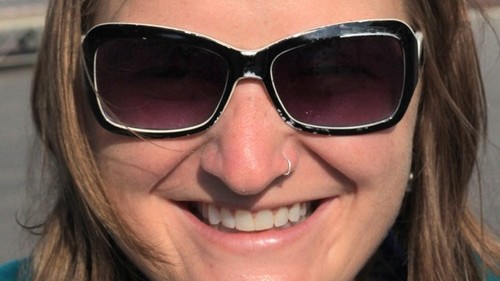Every week, I shine the spotlight on some of the best storytelling in the business and offer my comments. “3 Great Stories of the Week” will post every Monday at 8 AM.
In an advice column for journalists published more than a decade ago, Rick Reilly wrote about the importance of the lead. If you don’t grab your audience in your first paragraph, Reilly said, they will not stick around to appreciate all the content that follows.
One could easily extrapolate that concept to include the headline.
These days, headlines are huge. We are bombarded with them and make snap judgments about whether to click on articles based on them. Content providers across the globe are trying to figure out the ways to get their headlines noticed and search-able, let alone just plain interesting.
This week, I present “3 Great Stories” that captured me with their headlines — and then kept me with their content:
Inside the race to rescue a health site, and Obama (11/30/13, New York Times): This is a near-perfect headline.
It sets the stakes for the story — and what high stakes they are! It also sets the standard for the article’s content; a reader can expect right away to be treated to a look behind the tightly closed doors of the White House.
The article does not disappoint. Sheryl Gay Stolberg and Michael D. Shear begin the piece by delving into a critical October meeting in which President Barack Obama was fully alerted to the problems of the Affordable Care Act’s web site. Stolberg and Shear begin their article from a place of major tension, gripping the audience early and holding it for seven web pages worth of paragraphs.


